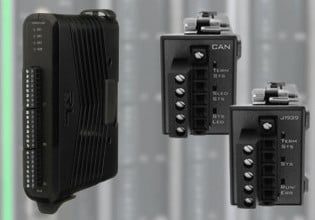26 MW triveni steam turbine, generator side coupling shear pins broken suddenly, whenever in synch form with another 16 MW AEG turbine. This happened 09 times since 26 MW installation i.e. 03 years before. What are the reasons of coupling shear pins broken?
Please find the attached pictures and trends as required.
Please find the attached pictures and trends as required.
Attachments
-
109.5 KB Views: 49
-
127 KB Views: 47
-
137.2 KB Views: 46
-
143.6 KB Views: 53
-
267 KB Views: 57
-
362.3 KB Views: 59
-
94.6 KB Views: 55
-
131.7 KB Views: 48
-
112.4 KB Views: 43
























